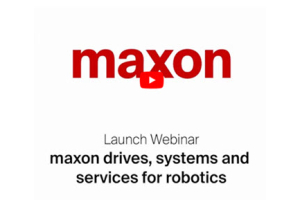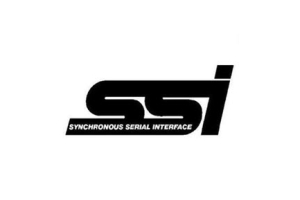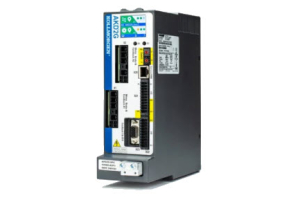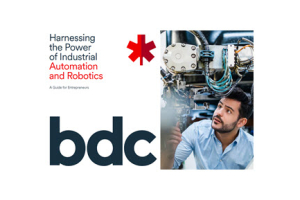Reprint of a January 19, 2013 Design World article by Steve Meyer
During the last decade or so the controls industry has adopted the term “Mechatronics” as a replacement for the previously used phrase “motion control”. I will respectfully break with the current trend and suggest that motion control is the proper term because it better defines the field of knowledge.
For one thing, the term “Mechatronics” is a coined word from the folks at Yaskawa around 1969. Look it up if you don’t believe me. It has taken Yaskawa a long time and a lot of effort to get the controls industry convinced to use the term. Yaskawa came up with the term mechatronics primarily as a marketing effort to promote it’s servo motors and controls and give themselves credibility with this playful bit of linguistics. In the early days, the term was associated with Yaskawa and not given broad acceptance in the rest of the controls industry.
Mechatronics was explained as a term that was intended to bring the mechanical and electronic engineering disciplines together. While it didn’t catch on initially, over the years industry professionals began to adopt the term as being a little more technical sounding or “newer” than motion control. Now, years later, the term mechatronics has it’s own logo with every control discipline imaginable as part of it’s matrix of inclusiveness. And in the expansion of it’s use, as many people point out, has somewhat lost it’s meaning.
Motion Control is the control of power applied to a mechanical load to create a programmed behavior. There are three disciplines involved, power, mechanics and control. Each one can take a number of forms, power can be electric, pneumatic or hydraulic. The load is usually mechanical and generally connected using mechanical means like a belt and pulley, screw, lever or incline plane. The control system is usually, but not always, a general purpose electronics platform that can do pretty much anything, and this creates a lot of confusion since the power system can also be electric.
Another difficulty is that motion control rarely exists by itself, it is part of an overall machine solution. Machines may or may not need motion control as part of their overall operation, but usually when they do, it is a critically important element. Because of this motion control tends to get a lot of attention. Motion control is more descriptive term for what we are involved in.
A machine is different from a tool in that it is self powered and exhibits programmed behavior. The extraordinary ability of mankind to create complex systems that accomplish intricate task is a hallmark of our creative ability. This might make a working definition for motion control; An independently functioning system capable of converting energy into useful work”. I will expand on that definition next week.






